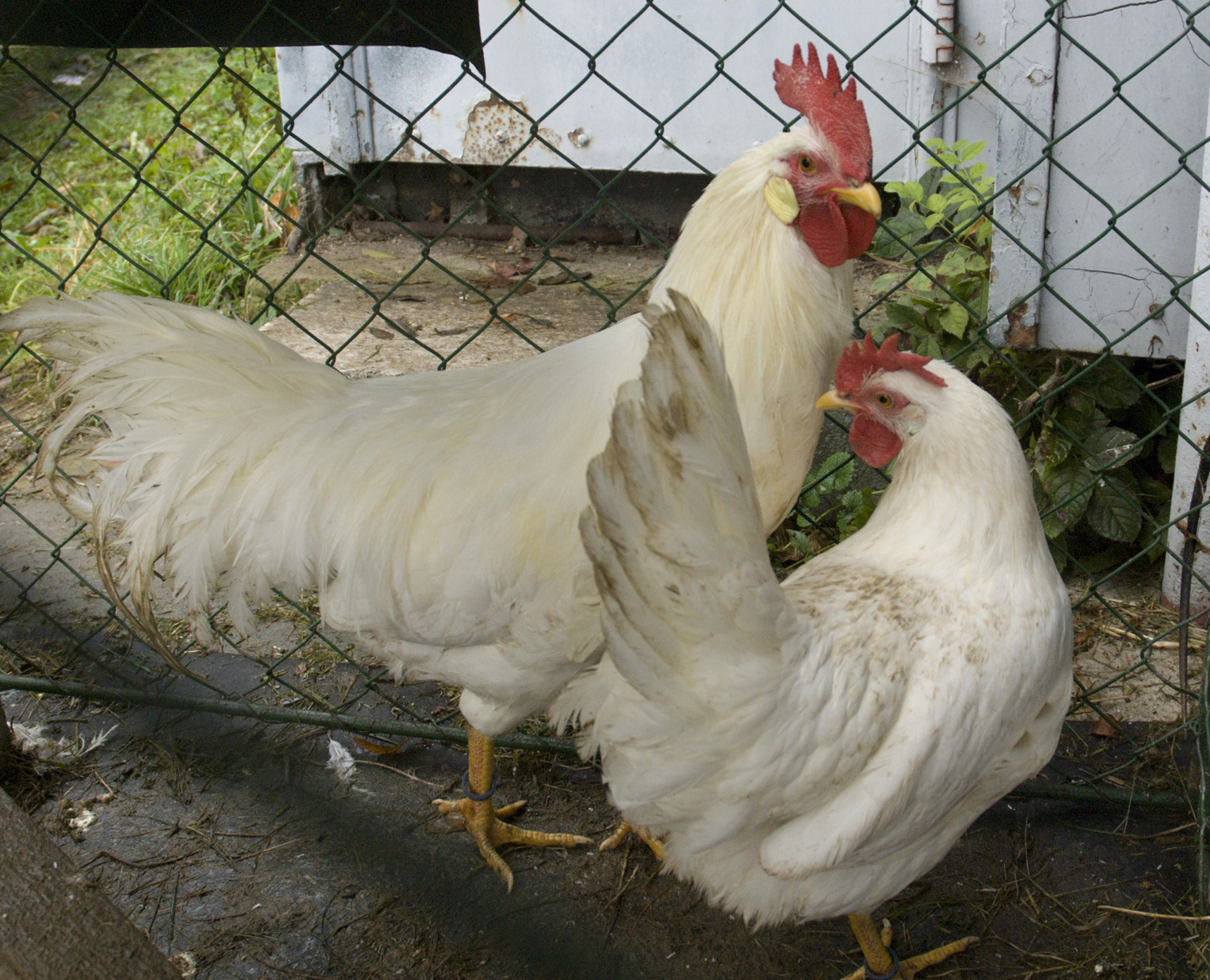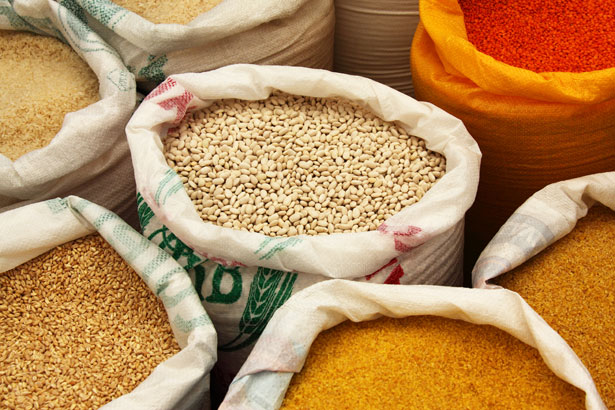DIY Apple Cider Vinegar
Apple cider vinegar is one of the most popular and useful natural health food items you can find. It’s incredibly versatile, and can be used internally for a plethora of maladies, as a cosmetic and topical remedy and also to preserve food and sanitize the home. But did you know you can make your own … Read more








